The journey of cut flowers from field to vase has always been a race against time. As delicate living organisms severed from their life source, blooms face rapid deterioration through microbial attacks, vascular blockages, and ethylene-induced aging. However, revolutionary postharvest technologies are rewriting the rules of floral longevity, granting even the most perishable varieties an unprecedented 72-hour window of pristine beauty.
The Silent Crisis in Traditional Flower Handling
Few consumers realize the brutal reality behind their supermarket bouquets. Conventional supply chains subject stems to temperature fluctuations, mechanical damage, and dehydration during transit. Roses traveling from Kenyan farms to European florists often endure 60-hour journeys without hydration, arriving with bent necks and half their vase life already expired. The floral industry's dirty secret? Nearly 40% of all cut flowers perish before reaching consumers.
A New Era of Postharvest Science
Cutting-edge research in plant physiology has birthed technologies that mimic nature's preservation mechanisms. Specialized pretreatment solutions now fortify cell walls during the critical first hour after cutting, while nano-emulsion coatings create microscopic barriers against bacterial invasion. The most groundbreaking innovation comes from Dutch researchers - a molecular "pause button" that temporarily suspends ethylene sensitivity in flowers, effectively stopping the biological clock from ticking for up to 36 hours.
From Farm to Cooling Hub
The preservation miracle begins the moment stems are harvested. Robotic cutters in advanced nurseries immediately plunge flowers into 2°C electrolyte baths containing calcium ions and plant hormones. This shock treatment not only hydrates but also triggers cellular defenses. Within 90 minutes, the blooms undergo pulsed electric field processing - a technique adapted from food science that enhances nutrient uptake capacity by temporarily increasing membrane permeability.
Temperature-controlled drones then transport the treated flowers to regional cooling hubs, where they're placed in modified atmosphere packaging (MAP) with precisely calibrated oxygen levels. These high-tech bundles maintain flowers in suspended animation during transport, with built-in ethylene scrubbers and humidity regulators creating a microclimate that slows respiration to 10% of normal rates.
The Packaging Revolution
Gone are the days of simple plastic sleeves. Today's flower packaging incorporates biotechnology directly into materials. Japanese-developed smart boxes lined with seaweed-based hydrogel maintain 95% relative humidity while preventing condensation. German-engineered cartons contain phase-change materials that absorb heat spikes during airport tarmac delays. Most remarkably, some premium shipments now include biodegradable sachets of dormant beneficial bacteria that activate upon contact with water, outcompeting harmful microbes in the vase.
Last-Mile Innovations
The final delivery leg poses unique challenges. Electric refrigerated vehicles equipped with vibration-dampening suspension protect delicate petals from road shocks. In urban areas, some florists employ bicycle couriers carrying portable cryo-units that maintain flowers at 4°C using compact thermoelectric cooling systems. For direct-to-consumer shipments, flowers travel with "vitality sensors" - color-changing indicators that alert recipients if temperature thresholds were breached during transit.
The Homefront Battle
Even with advanced supply chains, consumers remain the weakest link in flower preservation. Recognizing this, researchers have developed foolproof solutions. Self-sanitizing vases with photocatalytic coatings break down organic contaminants when exposed to light. Slow-release floral tabs not only feed flowers but also adjust water pH continuously. A Swedish startup recently launched a smart vase that monitors water quality via smartphone alerts and automatically administers micronutrients when needed.
Beyond 72 Hours
While current technologies focus on the critical three-day window, next-generation solutions promise even greater longevity. Experimental gene silencing techniques could temporarily disable senescence-related genes, while 3D-printed vascular implants may someday replace clogged stem structures. As these technologies trickle down from premium roses to everyday carnations, the very definition of "fresh cut flowers" may need revision - with two-week vase lives becoming the new standard rather than a miraculous exception.
The quiet revolution in flower preservation represents more than technical achievement; it's reshaping global trade patterns, reducing floral waste, and redefining consumer expectations. As these black technologies become mainstream, the sight of wilted blooms may soon become as rare as spoiled milk in the age of refrigeration.

By Christopher Harris/Jun 6, 2025

By Emily Johnson/Jun 6, 2025

By Laura Wilson/Jun 6, 2025

By Jessica Lee/Jun 6, 2025

By William Miller/Jun 6, 2025

By Victoria Gonzalez/Jun 6, 2025
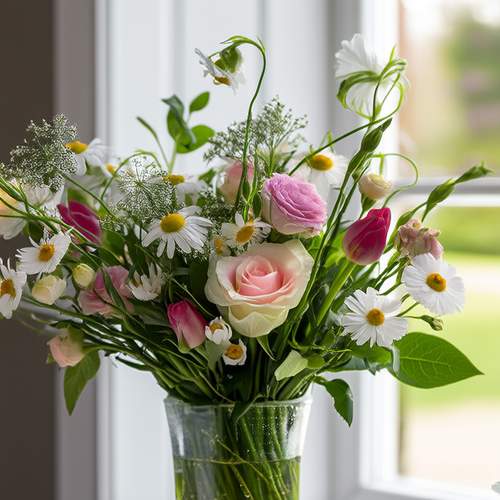
By /May 21, 2025
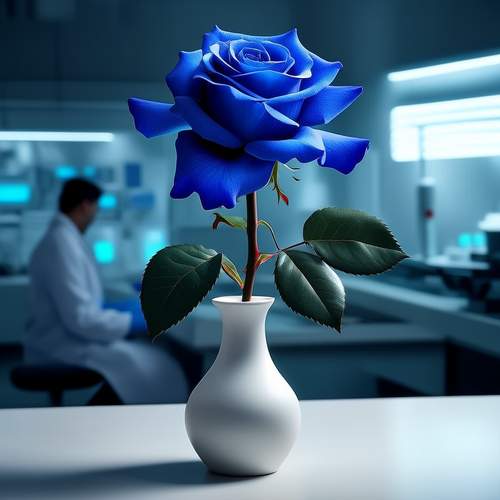
By /May 21, 2025

By /May 21, 2025
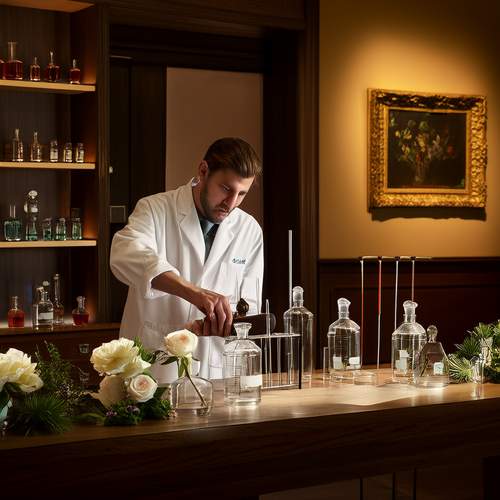
By /May 21, 2025
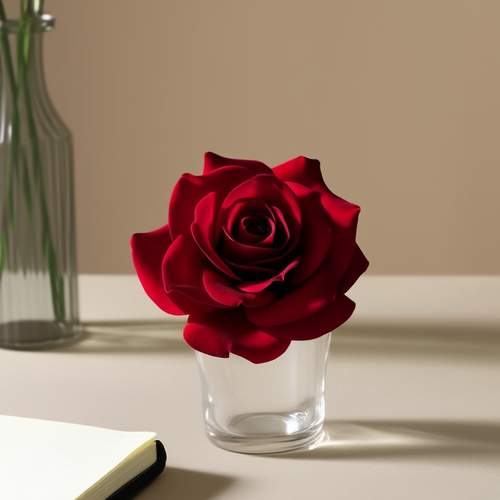
By /May 21, 2025

By John Smith/May 19, 2025

By Sophia Lewis/May 19, 2025

By Christopher Harris/May 19, 2025

By Natalie Campbell/May 19, 2025
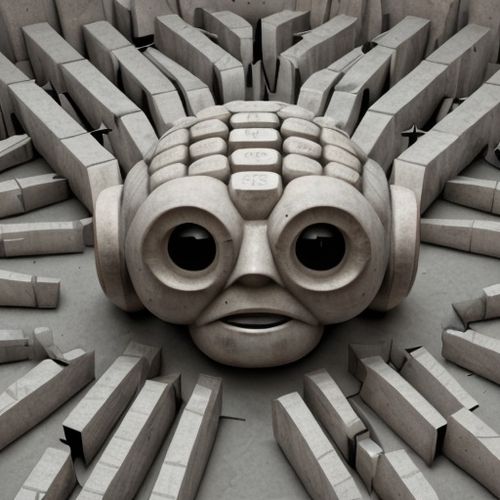
By Grace Cox/May 19, 2025

By Amanda Phillips/May 19, 2025

By Megan Clark/May 19, 2025

By Eric Ward/May 19, 2025

By Ryan Martin/May 19, 2025